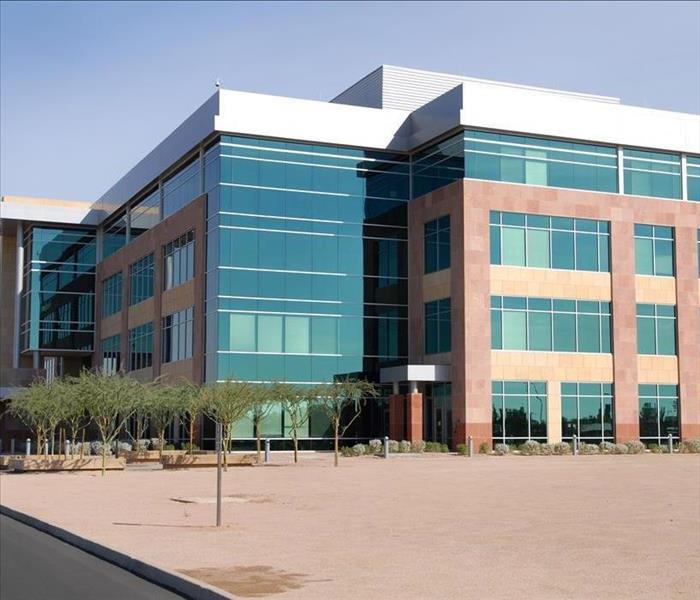Choosing The Right Dehumidifier For Commercial Water Removal In Concord
11/11/2016 (Permalink)
 At SERVPRO, we’re committed to making commercial water damage removal in Concord businesses as stress-free as possible.
At SERVPRO, we’re committed to making commercial water damage removal in Concord businesses as stress-free as possible.
Different Types Of Dehumidifiers Used In Commercial Water Removal
Most business proprietors are not aware of the main differences between the two most common dehumidifiers. At least, not until disaster strikes and they have to learn the basics of water damage restoration fast. If your property has recently been flooded, due to problems with a leak or faulty appliance, it is worth knowing a little about these tools.
At SERVPRO, we’re committed to making commercial water damage removal in Concord businesses as stress-free as possible. We want to take the burden off you so that you can focus on tending to employees and talking to insurers. However, we will talk to you about the restoration process and guide you through what will happen. The biggest part of this is the drying process. It is achieved with the use of either refrigerant or desiccant dehumidifiers. This guide to the key features of both devices will help you understand why they are so effective.
Removing Moisture From The Air
A refrigerant dehumidifier extracts moisture from the atmosphere by passing air through an arrangement of cooling coils. This causes water vapor to condense out of the atmosphere. Desiccant machines work a little bit differently. They actively draw the water from the air and capture it in special silica gel or a similar substance.
Disposable Of Waste Water
Refrigerant devices are quite straightforward, and they simply collect the water in a tray. This can then be manually removed or pumped out to a receptacle. Desiccant dehumidifiers are often a little larger and more sophisticated. They have to separate the water from the silica before it can be disposed of, so they introduce a heat source. This evaporates the moisture, and it is driven outside of the building as vapor.
Ideal Conditions For Use
While refrigerant dehumidifiers are better suited to temperatures above 50 degrees Fahrenheit, desiccant machines operate more smoothly below this temperature. It is also worth pointing out that refrigerant tools are more energy efficient. So, if there is a limited amount of power in the building (usually as a result of flooding), this is the superior option.
Compatibility And Effectiveness
Refrigerant air dryers are most effective when used to restore materials that are moderate to intensely porous. This makes them an excellent choice for carpets and drywall. They can suck the water right out of soggy, damp furnishings. The opposite is true for desiccant dehumidifiers, which are most powerful when used to dry out hardwood, concrete, and other non-porous substances.
The faster that you respond to water damage, the more of your business you can save from permanent destruction. So, get in touch with SERVPRO of North Leon County for high quality, value for money restorations and repairs. We are based in your area. Call us 24/7 at (850) 536-6599.





 24/7 Emergency Service
24/7 Emergency Service